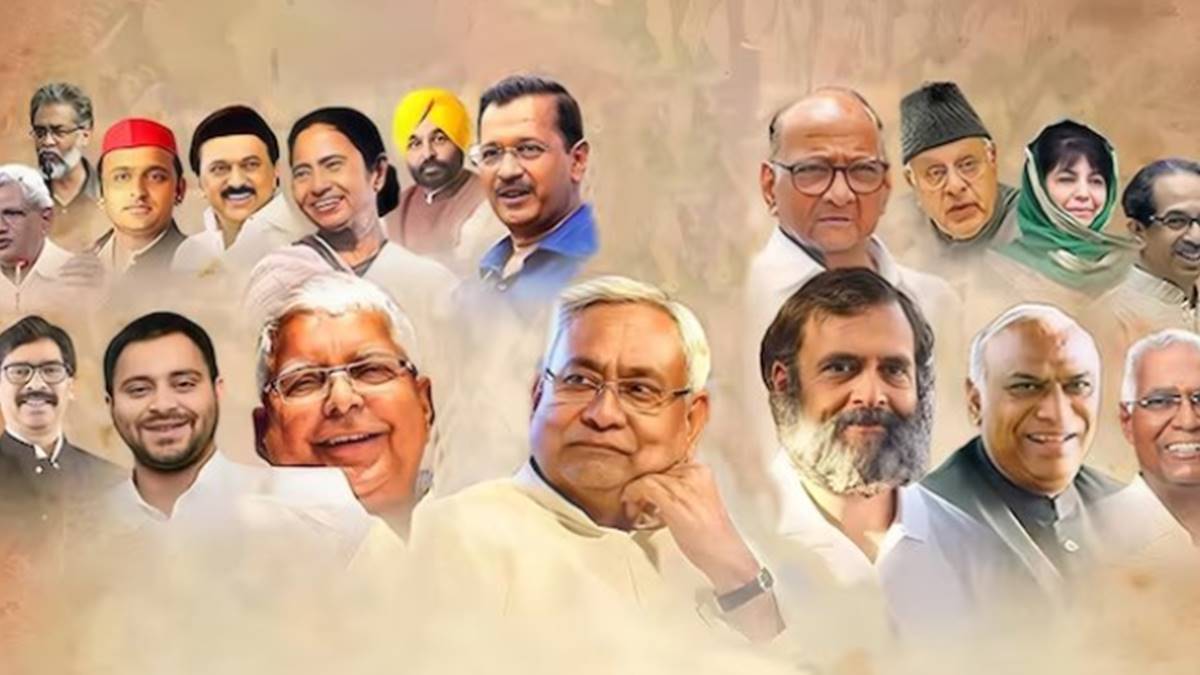The leaders of 26 Opposition political parties from across India have united to create the INDIA coalition, which stands for the Indian National Developmental Inclusive Alliance. The main objective of this alliance is to challenge the ruling National Democratic Alliance (NDA) led by the BJP in the upcoming 2024 Lok Sabha election. Previously known as the United Progressive Alliance, the new name was formally proposed by Mamata Banerjee, the Chief Minister of West Bengal. The Indian National Congress will lead the alliance.
Heavyweight attendees
The meeting at Bengaluru was attended by Seven Chief Ministers representing various states such as West Bengal, Delhi, Punjab, Jharkhand, Karnataka, Tamil Nadu, and Bihar. Additionally, former Chief Ministers including Lalu Prasad Yadav, Sharad Pawar, Uddhav Thackeray, Mehbooba Mufti, Omar Abdullah, and Akhilesh Yadav were also present at the event. Apart from them, other prominent leaders like former Congress presidents Sonia Gandhi and Rahul Gandhi, along with D. Raja, the general secretary of the Communist Party of India (CPI), and Sitaram Yechury, the general secretary of CPI (Marxist), also participated in the meeting.
Future Plans of Indian National Developmental Inclusive Alliance
The alliance has made the decision to establish an 11-member coordination committee aimed at reaching consensus on various issues confronting the country under NDA rule. The committee’s composition will be finalized during the upcoming Opposition meeting in Mumbai.
Additionally, the INDIA coalition plans to establish a common secretariat in New Delhi for campaign management, while forming separate committees to address specific issues.
Key takeaways for competitive examinations
- President of Indian National Congress: Mallikarjun Kharge



 Indian Olympic Medal Winners List Till N...
Indian Olympic Medal Winners List Till N...
 Who is the Inventor of the Gramophone?
Who is the Inventor of the Gramophone?
 HS Dhaliwal Appointed New DGP Of Andaman...
HS Dhaliwal Appointed New DGP Of Andaman...
